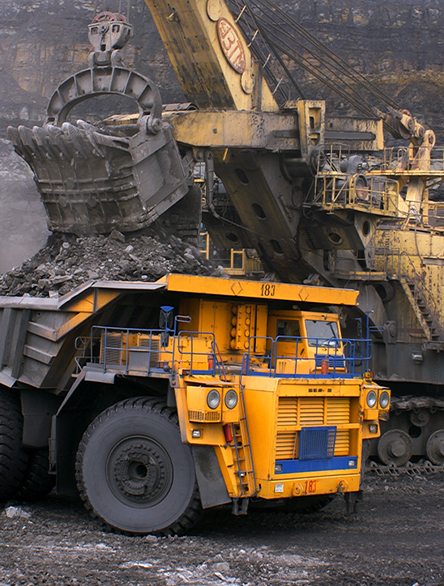
Financial Strength
Jasra Mines demonstratesrobust financial performance:
Strengths and Strategy
Experienced Leadership
Jasra Mines is led by a team of seasoned professionals who bring extensive backgrounds in the mining industry. Their deepexpertise and strategic vision guide the company in navigating complex challenges and capitalizing on opportunities in the mining sector. This experienced leadership is a critical driver of our success, ensuring informed decision-making and robust operational management.
Advanced Technology
We leverage cutting-edge mining and processing technologiesto enhance efficiency and productivity. Our commitment to technological innovation allows us to optimize resource extraction, reduce operational costs, and maintain high safety standards. By staying at the forefront of technological advancements, we ensure our operations are competitive and sustainable.
Sustainable Practices
Environmental stewardship and community development arecentral to our operations. Jasra Mines is dedicated to implementing sustainable practices that minimize environmental impact and promote the well-being of local communities. Our approach includes responsible resource management, reducing carbon footprints, and fostering positive community relations, thereby ensuring long-term sustainability.
Diverse Portfolio
Our wide range of minerals and commodities under exploration and development positions us as a versatile player in the mining industry. This diverse portfolio includes preciousand base metals, gemstones, and industrial minerals, enabling us to meet varied market demands and mitigate risks associated with dependency on a single commodity. This diversity enhances our resilience and growth potential in a dynamic global market.
The stages of Mineral exploration
Here’s a detailed explanation of each stage in the mineral exploration process for Jasra Mines:
Stage 1: Desktop Studies
Objective: To gather and review existing data and literature to understand the geological context and potential of the target area.
Activities:
- Compilation and analysis of geological maps, reports, and previous exploration data.
- Remote sensing and satellite imagery analysis.
- Identification of geological structures, mineralization patterns, and historical mining activities.
Stage 2: Field Investigation & Preliminary Geological Mapping
Objective: To conduct preliminary fieldwork to verify and expand upon desktop studies findings.
Activities:
- On-site geological mapping to identify rock types, structures, and mineral occurrences.
- Collection of rock and soil samples for initial geochemical analysis.
- Assessment of access, logistics, and environmental considerations.
Stage 3: Regional Soil Geochemical Prospecting
Objective: To conduct broad-scale geochemicalsurveysto identify areas of anomalous mineralization.
Activities:
- Systematic soil sampling across the target area.
- Geochemical analysis of soil samples to detect mineral anomalies.
- Interpretation of geochemical data to delineate prospective zones.
Stage 4: Detailed Soil Geochemical Prospecting
Objective: To conduct more detailed geochemicalsurveysin areas identified as prospective during the regional survey.
Activities:
- High-density soil sampling in targeted zones.
- Detailed geochemical analysis to refine anomaly boundaries.
- Correlation of geochemical data with geological features.
Stage 5:Advanced Prospecting
Objective: To further investigate and define the extent and grade of mineralization within identified anomalies.
Activities:
- Detailed geological mapping and trenching.
- Collection of rock and mineral samples from trenches and outcrops.
- Initial drilling to test depth and continuity of mineralization.
Stage 6: Preliminary Exploration
Objective: To conduct initial drilling programs to assessthe subsurface extent and grade of mineral deposits.
Activities:
- Drilling of exploratory boreholes.
- Logging and sampling of drill cores.
- Geophysicalsurveysto complement drilling data.
Stage 7: Detailed Exploration
Objective: To conduct comprehensive drilling and sampling programs to define the mineral resource.
Activities:
- Extensive drilling to establish the size, shape, and grade of the deposit.
- Detailed geochemical and mineralogical analysis of drill cores.
- Geostatistical modeling to estimate the resource.
Stage 8: Feasibility Study
Objective: To evaluate the economic viability of developing the mineral resource into a mining operation.
Activities:
- Detailed engineering and metallurgicalstudies.
- Economic analysis, including cost estimation and financial modeling.
- Environmental and social impact assessments.
- Preparation of a comprehensive feasibility report for decision making.
These stages collectively represent a structured approach to mineral exploration, progressing from initial data review to detailed resource definition and economic evaluation.
